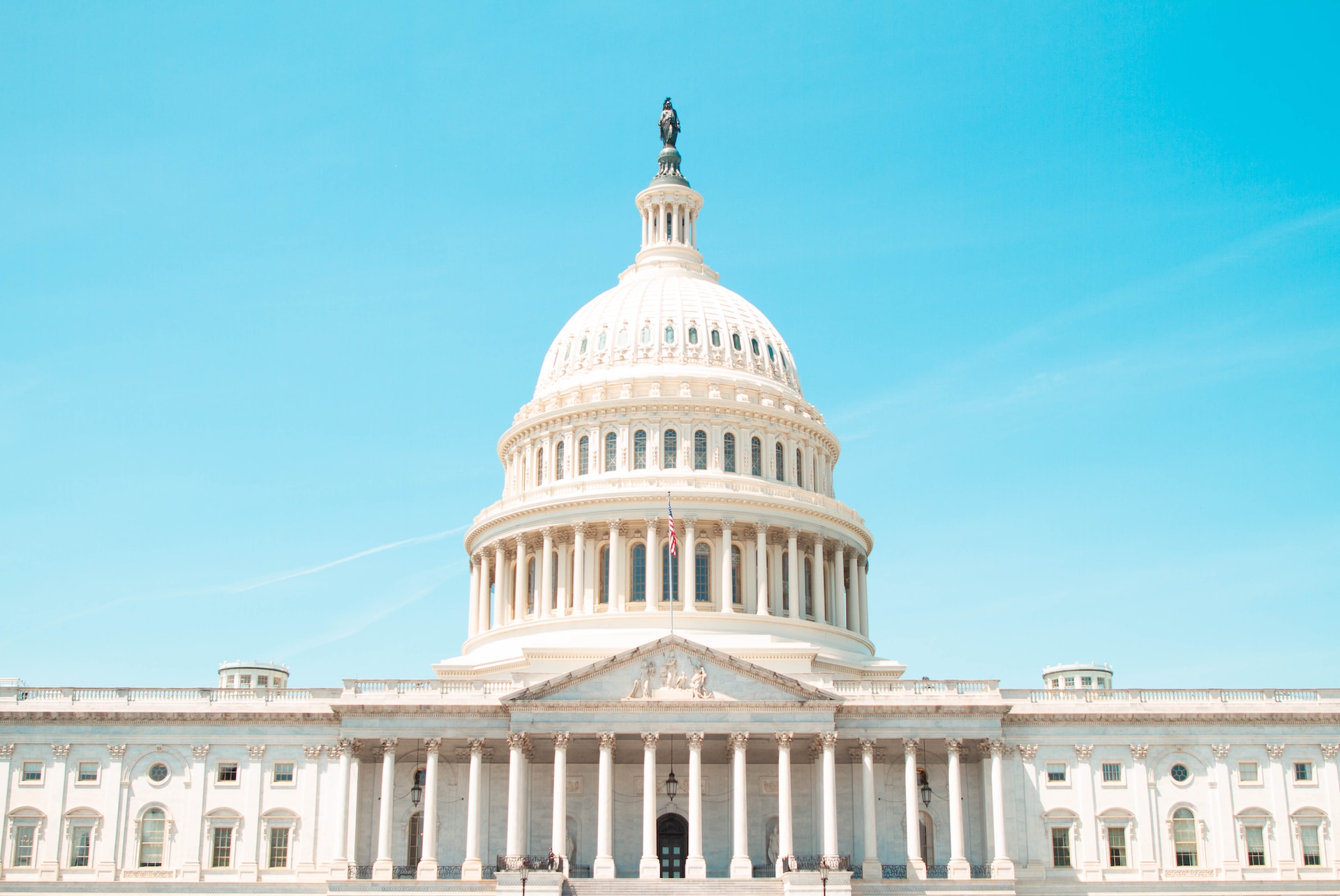
Digging Into the Power and Purpose of the National Environmental Policy Act
We are reader-supported. When you buy through links on our site, we may earn affiliate commission.
Often referred to as the “Magna Carta” of environmental law, the National Environmental Policy Act (NEPA) remains one of the most influential policies in ecological protection.
Let’s explore what NEPA is, its core principles, and how several organizations have named policy violations in recent environmental lawsuits.
What Is the National Environmental Policy Act?
The National Environmental Policy Act was enacted on January 1, 1970 — making it the oldest environmental legislation in the United States. NEPA mandates the federal government to review and disclose intended projects and the potential impacts of those activities on the environment, economy, and society.
NEPA guides permitting decision-making, land management actions, and the construction of roadways and public infrastructure. Before projects are underway, the law also encourages public engagement — such as commentary in a public forum.
Federal agencies must prepare environmental impact statements under NEPA and meet the U.S. Environmental Protection Agency’s compliance with the legislation. From there, the Office of Federal Activities (OFA) authorizes the U.S. Environmental Protection Agency to review the various reports.
All NEPA regulations are binding to every federal agency. Agencies must adhere to strict rules regarding the impact assessment process. Projects will often have a lead agency spearheading the proposed project that is most responsible for compliance with NEPA and starting its implementation as soon as possible.
NEPA is so powerful that it has inspired other countries and non-governmental organizations to generate similar environmental impact assessments. As such, it has proven itself purposeful in ecological protection.
NEPA’s Core Principles
In addition to being the country’s oldest environmental legislation, the National Environmental Policy Act is also among the most effective. The law ensures the public remains aware and engaged in federal environmental rulings. For instance, NEPA’s core principles are transparency, informed decisions, and public participation.
Transparency
Anytime the federal government intends to build a structure — such as a new highway, prison, airport, or pipeline — it must disclose the plans to the public. Under NEPA, citizens are promised transparency regarding any project that could bear environmental consequences or impacts on humans.
For instance, the Dakota Access Pipeline has many opponents concerned about water supply contamination and oil spills within the Standing Rock Sioux Tribe’s reservation. A recent public forum had people pointing fingers at a lack of transparency and fairness regarding the environmental impact review.
Informed Decision-Making
Before the federal government begins project construction, it must conduct a comprehensive study determining the environmental impact. This should consider construction methods, advantages and disadvantages to local communities, mitigation efforts for potential risks, and alternatives to the project.
Some environmental concerns addressed in NEPA impact reports could include greenhouse gas emissions from the project or loss of habitat for endangered species.
Public Participation
The public is entitled to give commentary and feedback on impending projects before the federal government starts construction. Often held in forums, these sessions allow local citizens to express their concerns and ask pertinent questions.
Public participation in decision-making is of the utmost importance regarding the nation’s democratic process. Under NEPA, projects must protect the environment and benefit the public in some way.
NEPA in Action: 3 Case Studies
The National Environmental Policy Act in action is best demonstrated through current cases. Several organizations have filed lawsuits for NEPA violations in the last few years alone. Here are three examples of recent lawsuits citing legislative defiance.
Southern Utah Wilderness Alliance v. U.S. Department of the Interior
In November 2023, the Southern Utah Wilderness Alliance (SUWA) filed a lawsuit against the U.S. Department of the Interior (DOI). The complaint challenges the NEPA environmental impact statement for four oil and gas leases spanning 215,325 acres of public lands. SUWA alleges the DOI’s Bureau of Land Management failed to consider the greenhouse gas emissions from the leases and subsequent effects on climate change.
County of Cape May v. United States
The County of Cape May, New Jersey, filed a lawsuit in October 2023 against the Bureau of Ocean Energy Management’s (BOEM) impending 161,000-acre offshore wind farm called Ocean Wind 1 Project. The County of Cape May’s complaint alleges the BOEM did not fully assess potential greenhouse gas emissions and wildlife impacts under NEPA, the Endangered Species Act, the Outer Continental Shelf Lands Act, and other significant environmental legislation.
Center for Biological Diversity v. U.S. Forest Service
The Center for Biological Diversity filed a lawsuit against the U.S. Forest Service in August 2023 for an intended violation of NEPA, the Endangered Species Act, and the National Forest Management Act. The project entailed harvesting 45% of timber in Kootenai National Forest — 3,902 acres. The complaint alleges that the U.S. Forest Service failed to assess the project’s climate impacts.
Deforestation is harmful to various species. By clear-cutting natural land, animals lose their habitat and food source, become more vulnerable to human interactions and weather impacts, and have fewer reproductive opportunities.
Does NEPA Meet Today’s Environmental Demands?
Today’s environmental issues have progressed since 1970. While various policies have shown the environment and economy can work in tandem — such as the Clean Air Act reducing air pollutants — global warming, rising sea levels, biodiversity loss, and energy remain considerable concerns.
Since its enactment, NEPA has been in the crosshairs of environmental protection, economic development, and policy. Developers, businesses, and governments often grow frustrated with NEPA’s restrictions on various projects.
Additionally, it could take three years to complete the NEPA permitting process for projects, particularly large-scale renewable energy. Hydroelectric energy project permits usually take up to 5.1 years, while the average environmental impact study report comes to 1,214 pages.
Of course, the political divide on environmental issues also attempts to bypass the policy. In 2020, former President Donald Trump weakened NEPA to speed up various construction projects, such as pipelines, freeways, and power plants.
The Future of NEPA
The National Environmental Policy Act is one of the most significant environmental laws ever. However, various challenges and controversies put it at risk of becoming null. Increasing public participation and advocacy, improving impact reporting timelines, and enforcing the legislation will ensure its relevance for future generations.
Share on
Like what you read? Join other Environment.co readers!
Get the latest updates on our planet by subscribing to the Environment.co newsletter!
About the author
Jane Marsh
Starting from an early age, Jane Marsh loved all animals and became a budding environmentalist. Now, Jane works as the Editor-in-Chief of Environment.co where she covers topics related to climate policy, renewable energy, the food industry, and more.





